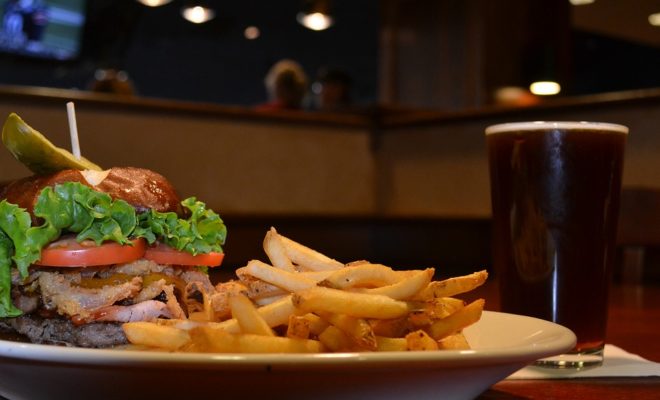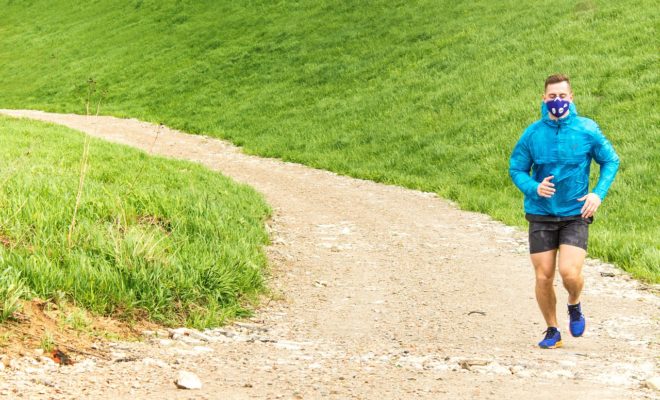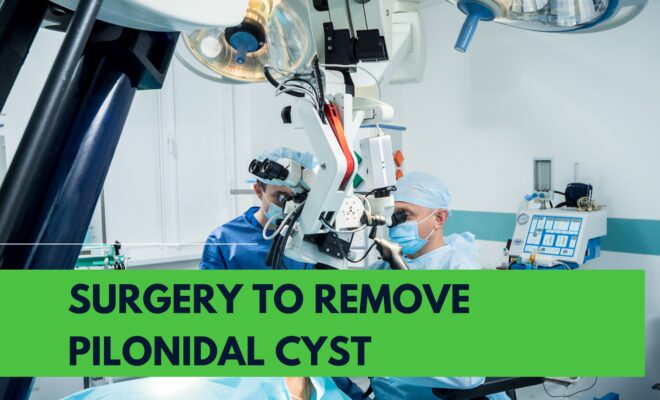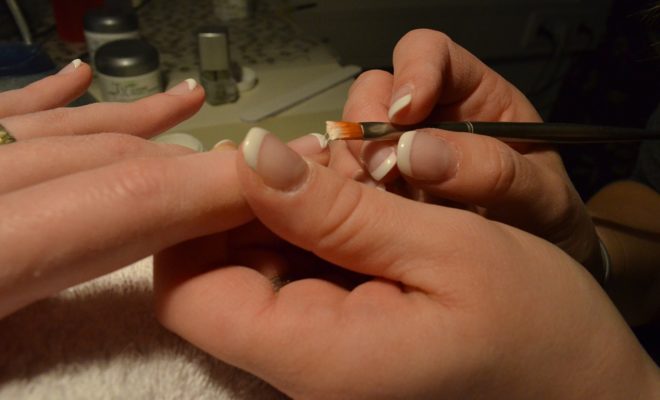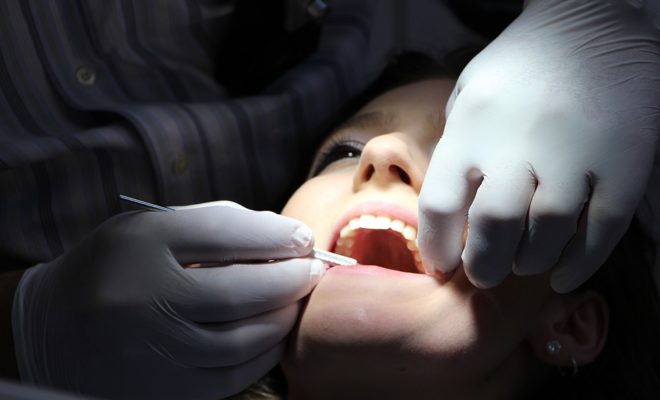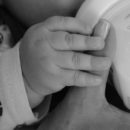How Lifestyle Changes Can Improve Recovery After Pilonidal Surgery
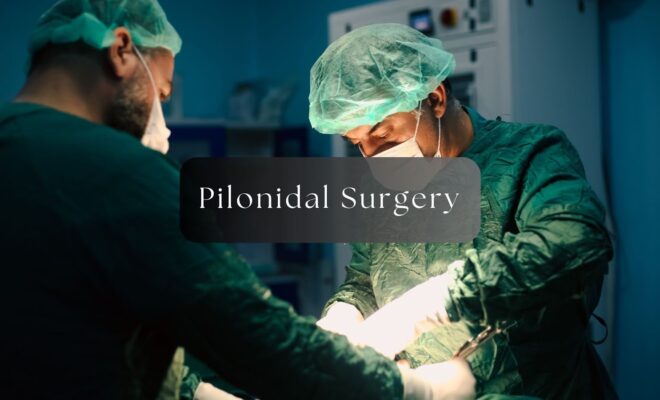
“Key highlights: The key lifestyle changes after pilonidal surgery will make phenomenal changes in healing, recurrence, and quality of life. Key areas to focus on include proper wound care, nutrition, physical activities and stress management.”
Undergoing pilonidal surgery can be a step towards transforming your existence towards greater health and luxury. However, the recovery technique does not end once the procedure is completed. Let’s explore critical adjustments to prioritize throughout our journey to recovery.
Prioritize wound care and hygiene
Proper wound care is one of the most important healing processes after removing a pilonidal cyst. Neglecting this component can cause infections, not timely recovery or even recurrence.
We must always keep the operating area clean and dry. It is important to follow what your health provider says about how to clean the area. Most often, it entails washing the surgical site gently with warm water and using a mild cleaning soap, avoiding harsh scrubbing, and drying with a clean towel.
Frequent changing of wound dressings is similarly essential. We must detect the site of signs of contamination, including:
- Increased redness
- Edema
- Pus or less frequent discharge
- Persistent pain or tenderness
Maintain a balanced diet
Our weight loss program has an immediate effect on our body’s ability to heal after surgery. Consuming a nutritionally rich and balanced weight reduction plan can sell faster tissue repair, alleviate irritation, and strengthen our immune gadget.
A therapeutic weight loss program should consist of:
- Protein: Lean meat, eggs, beans and tofu help tissue regeneration.
- Vitamin C: Citrus culmination, peppers and leafy greens for collagen production.
- Zinc: Nuts, seeds and whole grains for sale wound healing.
- Fiber: Whole grains, bottom line, and vegetables that will spare you the constipation that is common after surgery due to pain medication.
Engage in gentle physical activity
Rest is key after pilonidal cyst removal, but prolonged inactivity can also delay recovery. Gentle movement can:
- Improve blood circulation
- Reduce the risk of blood clots
- Prevent stiffness and muscle weakness
Simple activities such as short walks around the residence can be helpful. However, we must avoid strenuous exercise, heavy lifting, or activities that stress the surgical site until complete healing.
Avoid long periods of sitting
Sitting for long periods of time can put pressure on the surgical website online, which is a major cause of pain and delayed recovery. To avoid this, we must:
- Take quick breaks every half hour
- Use a coccyx pillow or donut pillow for extra comfort
- Avoid sitting on hard surfaces
Maintain a healthy weight
Being overweight can put a strain on the surgical site and undoubtedly slow recovery after cyst removal surgery. It can also contribute to a better cost of repetition due to the stress placed on reducing the lower back and coccyx.
By adopting healthy eating habits and staying active, you can manage your weight more effectively at some stage of recovery. A slow approach that specializes in nutrient-dense foods and careful management of elements could make a huge difference.
Implement hair removal strategies
Hair growth near the surgical site can be a problem contributing to pilonidal cyst recurrence. To prevent hair from trapping bacteria or aggravating the wound, we should remember safe hair elimination strategies that consist of:
- Shaving: Use a clean, sharp razor and avoid harsh shaving creams.
- Laser hair removal: An extra permanent option to reduce localized hair growth.
- Hair removal creams: Use with caution and seek clinical advice before using near a healing wound.
Stay hydrated
Hydration plays a critical role in the regeneration method. Amount of drinking water:
- Helps flush dirt from the frame
- Keeps pores and skin hydrated and elastic
- It helps the absorption of nutrients for higher regeneration
We need to aim for a minimum of 8 glasses (64 ounces) of water throughout the day, although individual desires may vary completely based on the level of fun and body length.
Manage stress and mental health
Incorporating stress management strategies can be exceptionally helpful at a certain stage in our recovery:
- Meditation: Guided breathing can promote relaxation.
- Journaling: Writing about our recovery adventure can be healing.
- Hobbies: Engaging in exciting activities can distract from pain and promote positivity.
It is also important to seek emotional help from friends, your own family or guiding organizations. If stress or tension is overwhelming, professional counseling can be a valuable resource.
Keep follow-up appointments
After surgery, follow-up with our health care provider to carefully reveal the recovery process and address any issues immediately. These appointments ensure that the surgical area is healing effectively and can help identify complications early.
During these visits we must:
- Ask approximately any chronic discomfort
- Clarify questions about barriers of interest
- Discuss next steps for total recovery
Make long-term lifestyle adjustments
The choices we make after pilonidal cyst surgery can affect our long-term health. To reduce the risk of recurrence, we must decide:
- Maintaining good hygiene: Again, keep the bottom clean and dry.
- Regular physical activity: Stay energetic while avoiding excessive stress.
- Healthy eating habits: Continuation of a Nutrient-Dense Eating Plan.
- Coping with stress: Incorporating mindfulness practice into everyday existence se
Conclusion
Recovery from pilonidal cyst removal surgery takes more than just time—it requires proactive care and conscious lifestyle adjustments. By prioritizing wound care, nutrition, physical fun, stress management, and observational care, we speed up our recovery journey and reduce the risk of recurrence. Remember, small steps today can create a healthier destiny tomorrow.

